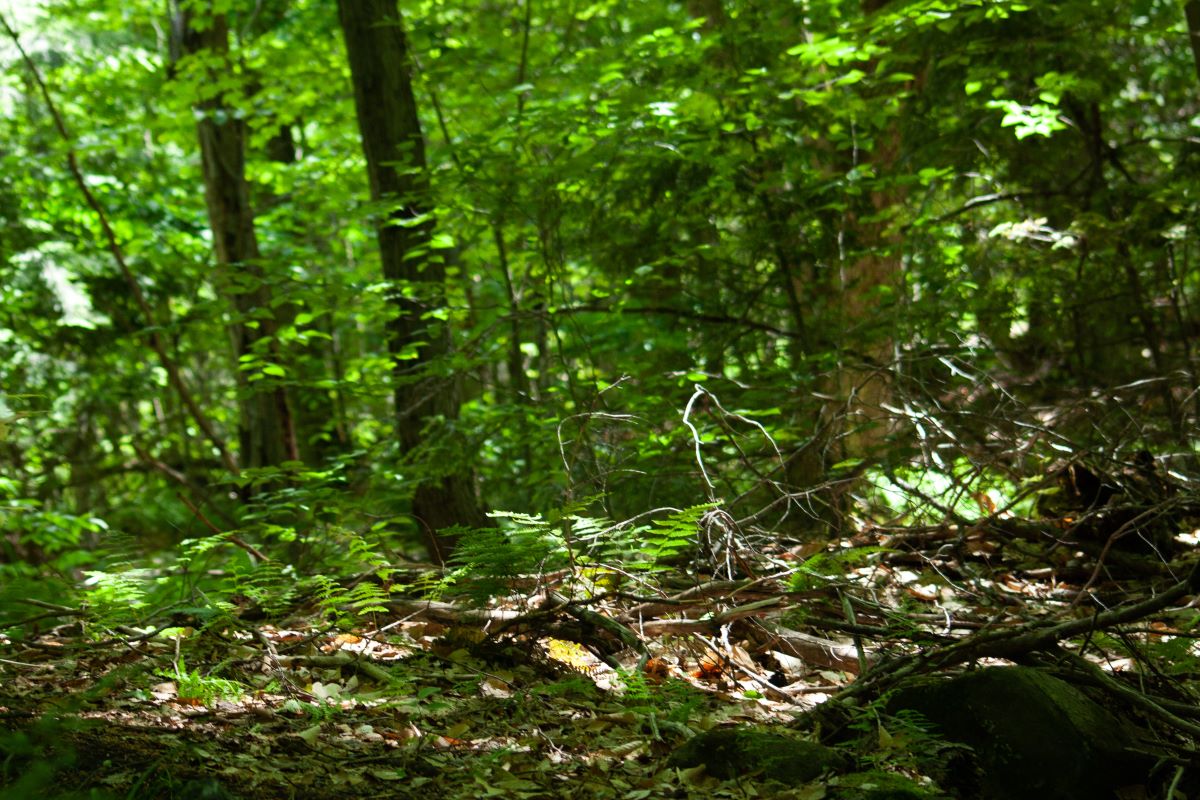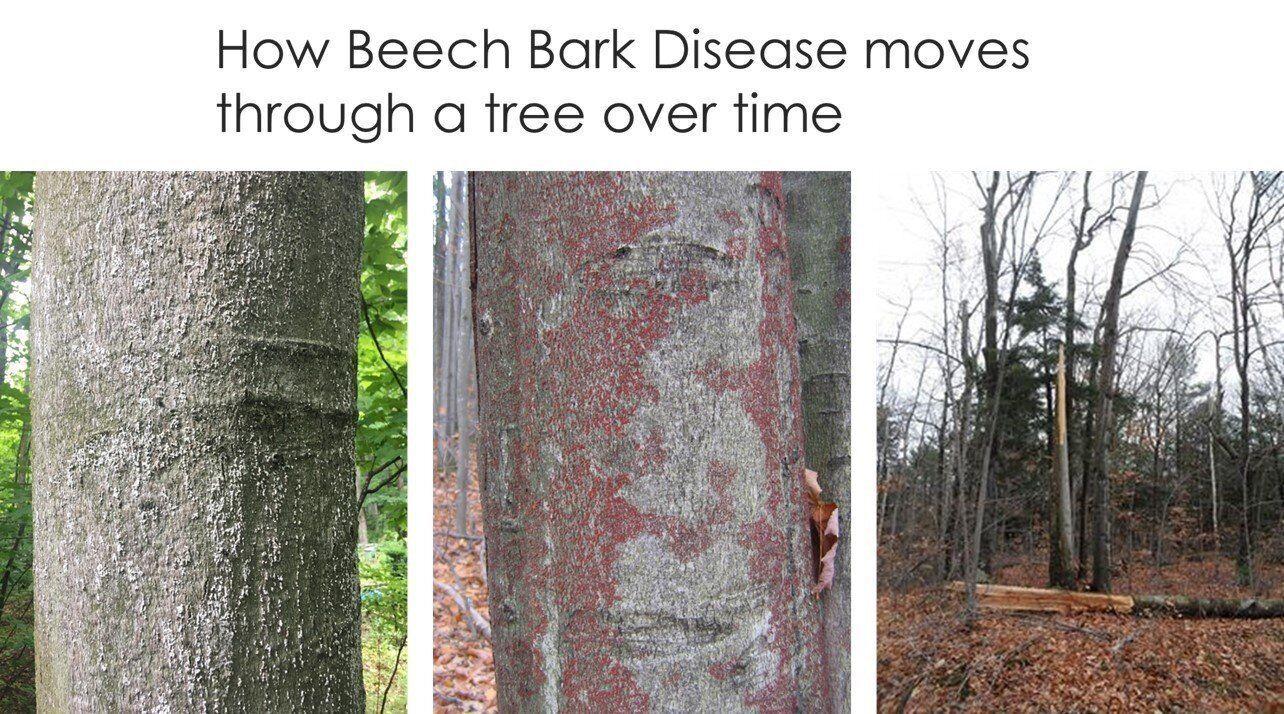How healthy are our forests in Muskoka?
Have you ever stopped to think about the forested landscape of Muskoka?
By Javier Cappella.

We see them everyday. The trees on the roadside, in the back forty, along your canoe route or hiking trail, and standing watch at your favorite fishing hole.
Individually, we can look and recognize if a tree is alive or dead, has lost branches or looks sickly. But have you ever stopped to think about the bigger picture? The forested landscape of Muskoka?
The 2023 Muskoka Watershed Report Card says that we have abundant forested land with relatively little fragmentation in most parts. If we can tell a sick tree from a healthy one, can we do the same for a forest?
How healthy are our forests, anyways?
As a forester, I am trained to see the forest for the trees and take for granted the wealth of knowledge and forestry science that we have here at home in Ontario. My web browser tabs might look a little different than yours, but resources are available to the public.
The Ministry of Natural Resources and Forestry (MNRF) provides practitioners as well as the public with excellent resources on forest health.
Every year, forests are monitored (assessed through flight and ground surveys) for insect, disease and weather-related disturbances like wind and drought. Annual summaries are available here.
Invasive pests and disease are a major concern in Muskoka and with a changing climate, the risk invasives pose to forest health will only increase.
Beech bark disease (BBD) has had the single greatest impact on the structure of forests and forest health in Muskoka since the early 2000s. This invasive fungus (that’s right, not all fungi are our friends) is transported by a scale insect and quickly infects and kills American beech trees.
You will see beech growing back on the infected site, only to be attacked by the fungus once they are large enough.

Beech trees are important sources of food for wildlife. The beechnut is a high-calorie food source to bears, chipmunks, deer and other species. Beech trees also provide important architecture in Muskoka’s forests. They provide large canopies with thick large branches for raptors to build their nests on.
Woodpeckers create cavities and homes within the trunk of the tree, and even dead beech trees provide habitat.
As they decay, they provide the coarse woody debris of an old-growth hardwood forest floor. BBD is ensuring that all of these ecological functions and services of beech trees will not be as before.
Westwind Forest Stewardship, which manages Crown land forests in Muskoka, is actively combatting BBD and using forest management to promote a diverse, healthy forest in this new reality.
Westwind has partnered with Forests Ontario to give landowners a practical guide for management options for tolerant hardwood forests impacted by beech bark disease. It is available for free here.
So, how healthy are our forests?
Despite a changing climate and very serious risks from invasive pests, we have a diverse contiguous forest which, on Crown land, is managed to the highest standards with evidence-based research supporting the management decisions of foresters.
On private land, it’s up to individuals to seek out guidance from registered professional foresters in order to plan for a future where resilience, biodiversity, tree vigour and ecosystem function and services are more important then ever before.
The MNRF Managed Forest Tax Incentive Program is an excellent vehicle for landowners to assess the health of their forest, receive a tax break, and help promote a healthy forest that benefits all of Muskoka.

This is the fourteenth in a series of articles from the Muskoka Watershed Council on “The State of Our Watershed” published on MuskokaRegion.com. Each article explores aspects of our environment revealed in our 2023 Muskoka Watershed Report Card and identifies new management challenges. This week’s contributor is Javier Cappella, a registered professional forester with Westwind Forest Stewardship Inc. who has worked in Muskoka since 2017.
